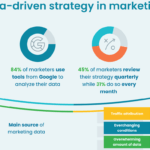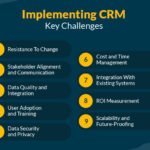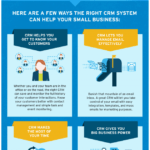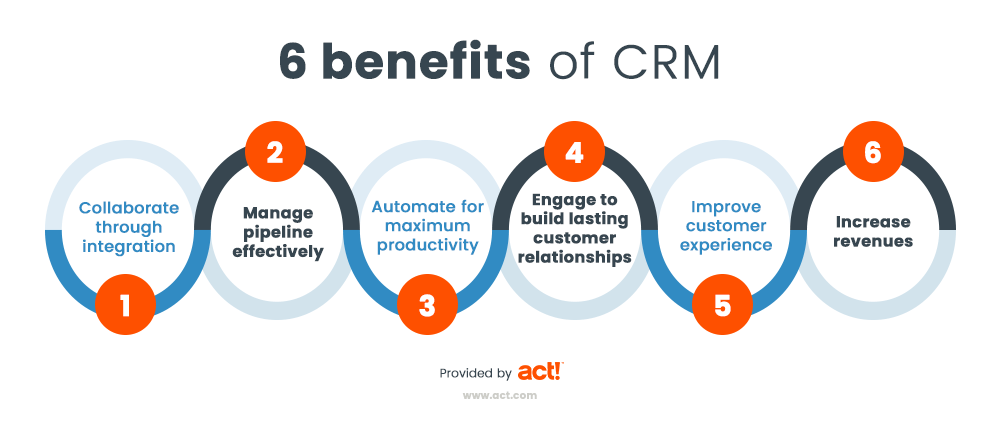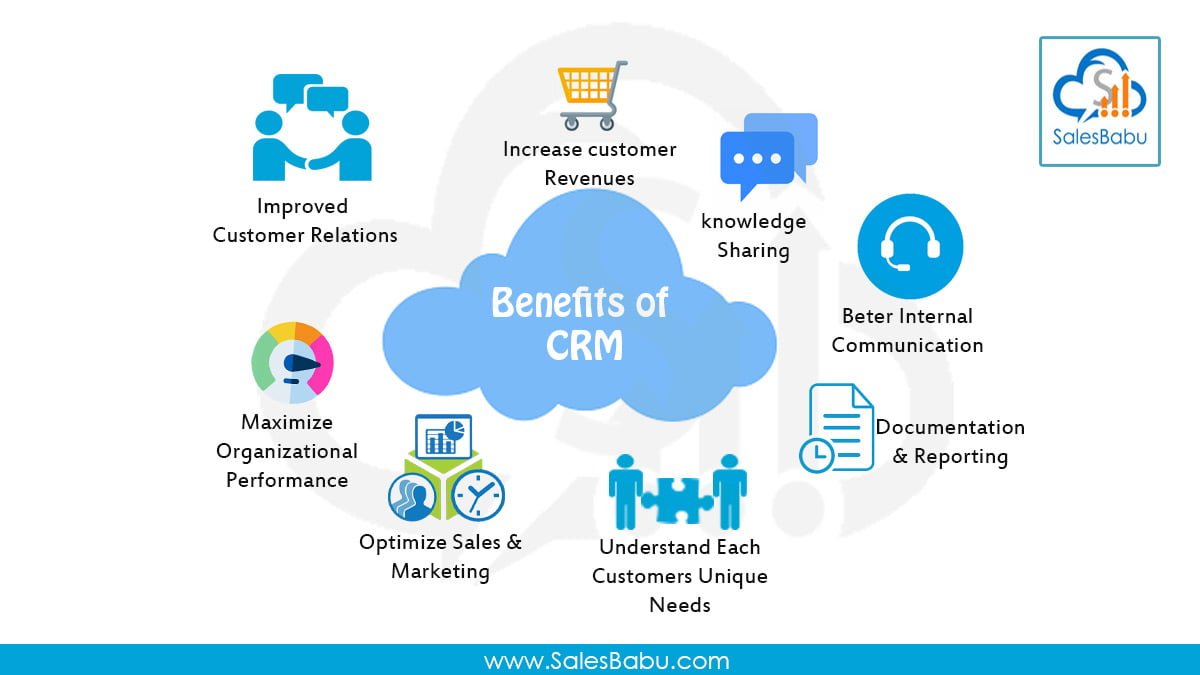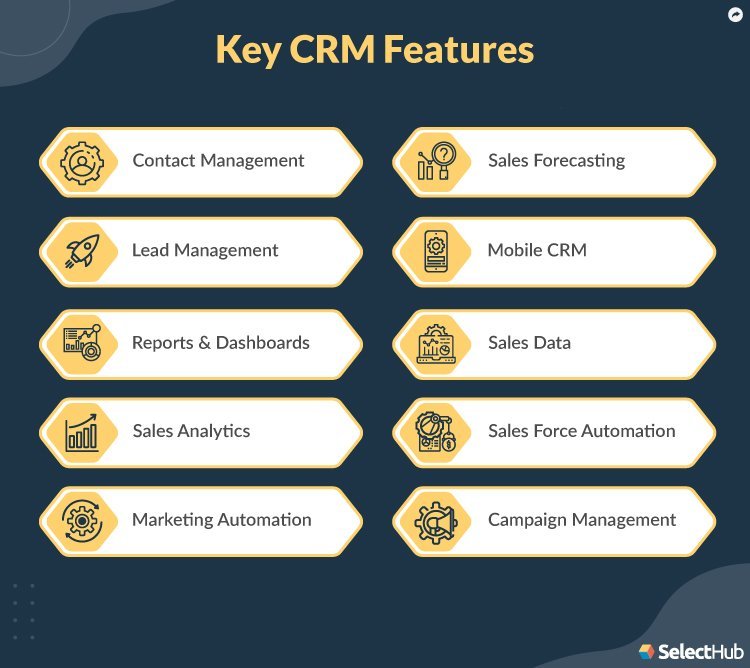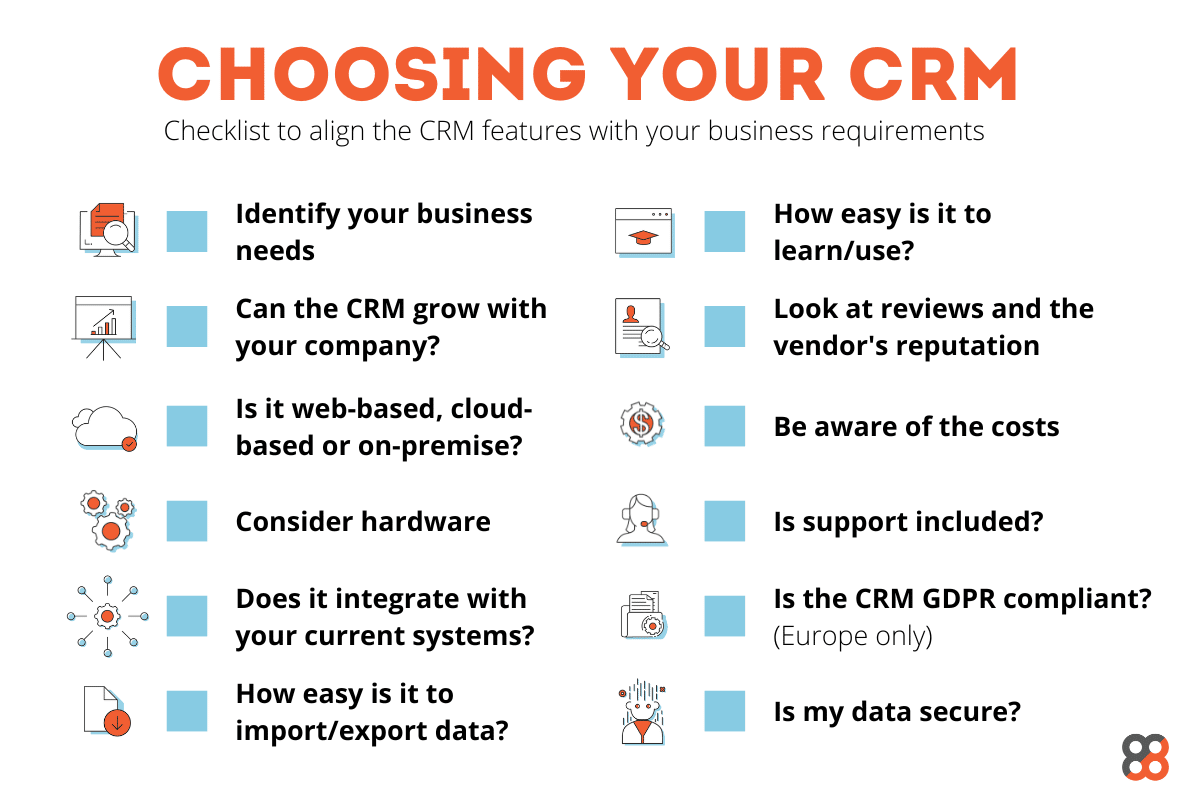The implementation of a customer relationship management (CRM) system is not a walk in the park. It comes with its fair share of challenges that can hinder the successful adoption and utilization of the system. These challenges can range from data integration issues to user resistance, making it essential for businesses to be well-versed in the potential roadblocks before embarking on a CRM implementation journey. This article delves into the common challenges faced during CRM system implementation, providing insights and strategies to overcome them effectively.
What Are the Common Challenges When Implementing a CRM System?
Data Migration and Integration
Implementing a new CRM system often involves migrating existing customer data from legacy systems. This process can be complex and time-consuming, requiring careful data cleansing, transformation, and validation. It’s crucial to ensure data accuracy and completeness to avoid issues with reporting and insights.
| Challenge | Description |
|---|---|
| Data Cleansing and Standardization | Ensuring data accuracy, completeness, and consistency across different data sources. |
| Data Transformation | Converting data formats and structures to match the CRM system’s requirements. |
| Data Validation | Verifying the accuracy and completeness of migrated data to ensure data integrity. |
| Data Integration with Other Systems | Connecting the CRM system with other business applications like ERP, marketing automation, and e-commerce platforms. |
User Adoption and Training
Successful CRM implementation relies heavily on user adoption. Resistance to change, lack of understanding, and inadequate training can hinder the system’s effectiveness. Organizations need to invest in proper user training, provide ongoing support, and ensure the CRM system is user-friendly.
| Challenge | Description |
|---|---|
| User Resistance to Change | Employees may be hesitant to adopt new tools and processes. |
| Lack of Understanding of CRM Functionality | Users may not fully comprehend the benefits and features of the system. |
| Inadequate Training Programs | Limited or ineffective training can lead to poor user adoption. |
| Complex User Interface | A cumbersome and confusing interface can discourage user engagement. |
Customization and Configuration
CRM systems often require customization to meet specific business needs and workflows. Configuring the system involves setting up fields, processes, reports, and integrations. This process can be complex and time-consuming, requiring technical expertise and careful planning.
| Challenge | Description |
|---|---|
| Defining Business Requirements | Clearly identifying the specific business needs and workflows to be supported by the CRM system. |
| Configuring System Settings | Setting up fields, data structures, workflows, and integrations to match business requirements. |
| Custom Development | Developing custom code or integrations to address unique business needs. |
| Testing and Deployment | Thoroughly testing customizations and configurations before deployment to ensure they function as intended. |
Overcoming the Hurdles: Common Challenges in CRM Implementation
1. Data Migration and Integration
Data migration is a crucial step in CRM implementation, but it can also be a major challenge. You need to move data from your existing systems into the new CRM platform, ensuring accuracy and completeness. This process can be time-consuming and complex, especially if you have multiple data sources or a large volume of data. Additionally, you need to ensure that your CRM system can integrate seamlessly with other systems you use, such as your email marketing platform, accounting software, or website.
2. User Adoption and Training
Even the best CRM system won’t be effective if your team doesn’t use it. You need to ensure that your employees are properly trained on how to use the new system and that they understand the benefits of using it. This means providing comprehensive training materials, offering ongoing support, and addressing any concerns or questions they may have. Resistance to change can be a major hurdle, so you need to create a culture of buy-in and encourage active participation.
3. Choosing the Right CRM System
Selecting the right CRM system for your business is crucial, but it can also be a daunting task. With so many CRM systems available, it can be difficult to find one that meets your specific needs and budget. You need to consider factors such as your industry, business size, and desired features. It’s important to thoroughly research your options and get demos of different systems before making a final decision.
4. Customization and Configuration
While many CRM systems offer a range of features, you may need to customize and configure them to meet your specific business requirements. This can involve configuring workflows, creating custom fields, and integrating with other systems. This process can be time-consuming and require technical expertise. You may also need to consider the cost of customization and ongoing maintenance.
5. Ongoing Maintenance and Support
Once your CRM system is implemented, you need to ensure that it’s properly maintained and supported. This includes regular updates, security patches, and ongoing training for your team. You also need to have a plan for handling any technical issues that may arise. Choosing a CRM provider that offers reliable support and maintenance services is essential for ensuring the long-term success of your system.
Frequent questions
What are the biggest challenges when implementing a CRM system?
Implementing a CRM system can be a complex and challenging process. Some of the biggest challenges include: data migration, user adoption, integration, customization, and cost.
Data migration can be a major challenge, especially if your organization has multiple data sources. You need to ensure that all of your data is accurate, complete, and consistent before you can migrate it to your new CRM system.
User adoption is another major challenge. You need to make sure that your employees are trained on how to use the CRM system and that they understand how it can help them to be more effective in their jobs.
Integration with other systems is also important. You need to make sure that your CRM system can integrate with your existing systems, such as your email marketing platform, accounting software, and website.
Customization is another challenge. You may need to customize your CRM system to meet the specific needs of your business. This can be a time-consuming and expensive process.
Finally, cost is always a factor. You need to weigh the cost of implementing a CRM system against the potential benefits.
How do I overcome resistance to adopting a new CRM system?
Resistance to adopting a new CRM system is a common challenge. Communication, training, and demonstrating value are key to overcoming resistance.
Communication is essential. You need to communicate clearly with your employees about the benefits of using the new CRM system and how it will help them to be more effective in their jobs.
Training is also important. You need to make sure that your employees are properly trained on how to use the CRM system. This will help them to feel more comfortable using it and to see the value it can provide.
Finally, you need to demonstrate the value of the CRM system. This can be done by showing your employees how it has helped other organizations to improve their performance. You can also track the results of using the CRM system and share these results with your employees.
What are some of the common mistakes companies make when implementing a CRM system?
Implementing a CRM system can be a complex process, and there are a number of common mistakes that companies make. Some of the most common mistakes include:
Not having a clear understanding of their business needs. Before implementing a CRM system, it is important to have a clear understanding of what you want to achieve with the system. What are your goals? What are your pain points? What are your key performance indicators (KPIs)?
Not getting buy-in from all stakeholders. Implementing a CRM system can be a major change for your organization. It is important to get buy-in from all stakeholders, including your employees, managers, and executives.
Not providing adequate training. Make sure that your employees are properly trained on how to use the CRM system. This will help them to feel more comfortable using it and to see the value it can provide.
Not integrating the CRM system with other systems. Your CRM system should be able to integrate with other systems, such as your email marketing platform, accounting software, and website. This will help you to streamline your business processes and to get a more complete picture of your customers.
Not monitoring the results. Once you have implemented a CRM system, it is important to monitor the results and to make adjustments as needed. This will help you to ensure that the CRM system is meeting your needs and that you are getting the most out of your investment.
How long does it take to implement a CRM system?
The time it takes to implement a CRM system can vary depending on a number of factors, including the size of your organization, the complexity of your business processes, and the level of customization required.
On average, it can take anywhere from 3 to 12 months to implement a CRM system.
Here are some factors that can affect the implementation timeline:
Data migration. Migrating your data from your existing systems to your new CRM system can be a time-consuming process.
Customization. If you need to customize your CRM system to meet the specific needs of your business, this will add to the implementation timeline.
User training. You need to make sure that your employees are properly trained on how to use the CRM system. This can also add to the implementation timeline.
Integration. Integrating your CRM system with other systems can also be a time-consuming process.
Testing. It is important to test the CRM system thoroughly before going live.
It is important to have a realistic timeline for your CRM system implementation.
Be sure to factor in all of the necessary steps, including data migration, customization, user training, integration, and testing.



